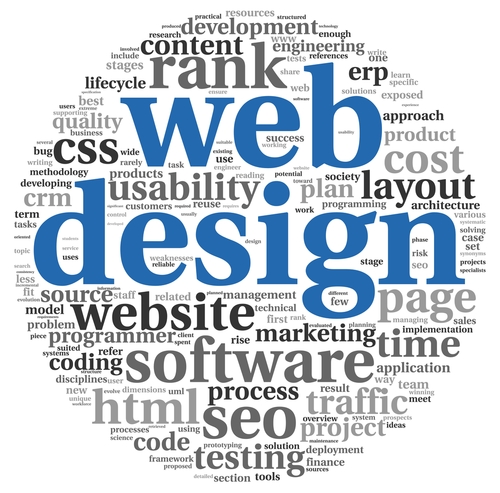Professional web designers will need to create effective websites for all people. In this case, visitors should be able to efficiently land on specific websites that they prefer. There are factors that web designers need to consider and these concepts can be considered as very essential:
- Enabling access: Web design is about enabling the best access possible. In this case, it is important that the whole navigation will be quite effortless to use. As an example, after users navigate through a website, they often need to go back to the main page. One thing that they often need to do is to click on the main logo, which is often placed on the top left hand corner. In this case, it is advisable for users to feel that the navigation is intuitive enough.
- All options are displayed: Any web designer should know that all major options on the website must be presented properly. In fact, users should be able to find out the extent of their website by clicking only a few times. If users are required to do something more effortful to achieve specific tasks, then their web designs could be fundamentally flawed. It means that all appropriate links are placed on the main page, so users will have an option on things that they can do.
- First Impressions Count: This is the very basic concept in web design. We should be aware that people make up their minds in seconds. They could consider that first impressions of our website are inadequate due to a few trivial reasons. It is important if we could deliver highly relevant content, so people can be impressed with our presentation. In this case, we should invest more time in our main home page and it is important that we are able to create good impression. Often, we will never get a second chance, so it is important to focus more on this matter. If we are experienced enough, it is possible that we could rely on our own judgment. We could produce several options and get independent assessments from people, if we have accomplished our design intentions.
- State our purpose: Quite often, we come across a website with impressive layout, but we still can’t decipher its purpose. As an example, it doesn’t directly give clear and memorable explanations about their products and services. They could actually discuss about seemingly related matters, but it is still difficult for people to determine the real message. In this case, people will consider that their experience in the website is inconclusive and they will navigate away directly. Savvy web designers are able to state their situation clearly. It means that those consumers don’t need to read more text to determine its real purposes. It won’t take long for customers to make informed decisions, if we are able to state our purpose and convince readers with one clear sentence. We should be brief and be clear, because readers won’t give us more time to explain.

